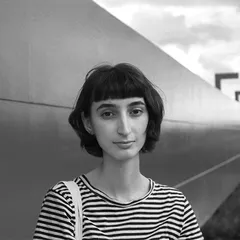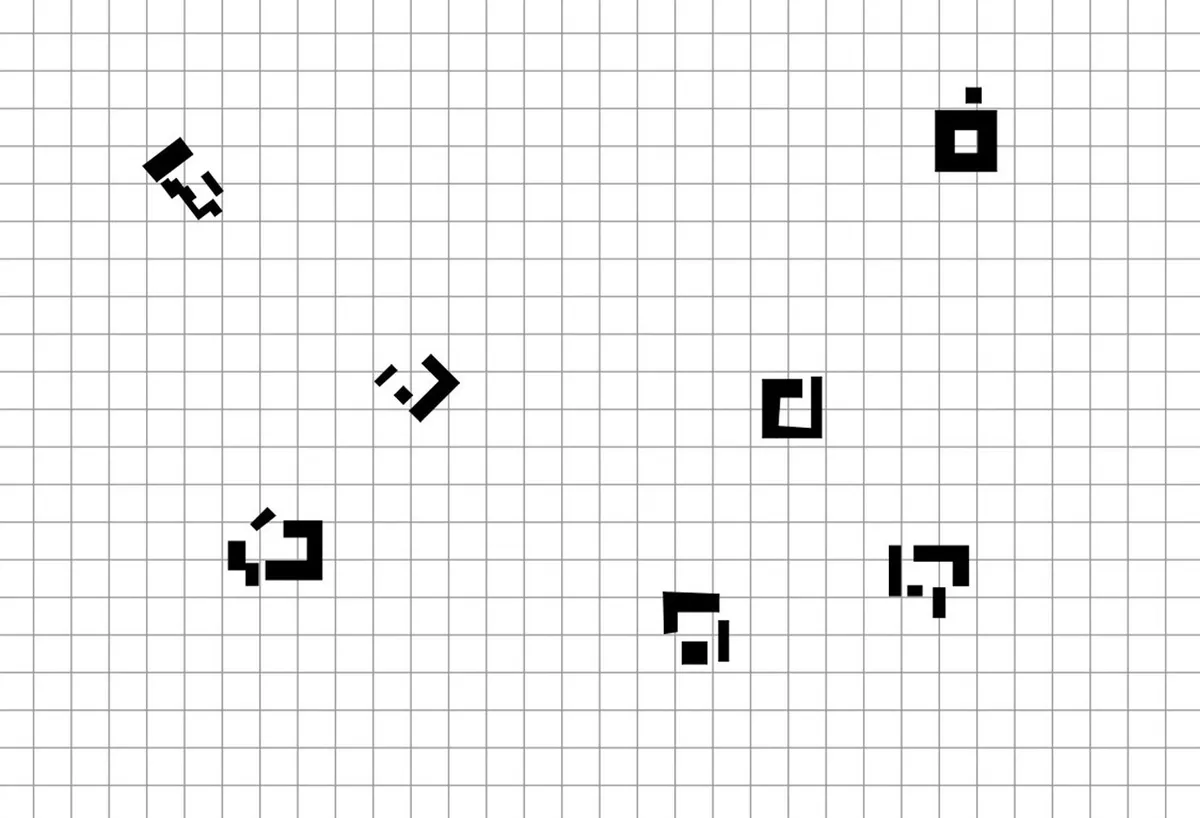
1/1

Author(s) / Team representatives
Oana-Antonia Filip
Profession
arhitect doctorand și stagiar
Photo/design credits
Oana-Antonia Filip
Text presentation of the author in English
Oana graduated from the Faculty of Architecture and Urbanism in Cluj-Napoca. She is interested in the urban dimension of projects, which she experiences through Erasmus mobility in Paris, followed by an internship in the same city. She participates in several international competitions and collaborates on a project published in Koozarch magazine. Oana is currently a PhD student and teaching associate at FAU Cluj-Napoca.
Text abstract in English
The enclave can be described as a location with closed borders, an exception in the fabric, a black hole – it talks about exceptions to the rules, the location of contrasting functions in rather closed fabrics, with which they do not participate in any dialog. The problem of enclaves is present on several scales and brings together vast fields - whether we are talking about urban geography, the state within the state and all that flows from this (see the current Israeli-Palestinian conflict), or urban and architectural enclaves present in many different configurations (airports, shopping malls, industrial complexes, prisons, etc.), we can see that the situations differ, but the rules are the same.
To propose a form of integration for these enclaves is an almost indisputable need, but the area that is worth debating concerns the nuances that this coverage or dispersion requires. Whether we are talking about the structure of the enclave that can remain the same, reoperated by a different meaning, or about an intervention that completely changes its configuration, scale, accessibility, discursive differences become productive and shape a valuable debate. Thus, this article aims to investigate a cataloguing of the modes of disenclavization present in discourses of the current century. It is therefore about the discursive and theoretical side of the interventions that can be approached in relation to enclaves, in texts by authors such as Pier Vittorio Aureli, Richard Sennett, Lieven De Cauter.
From this arises a series of questions that will shape the logical approach of this article: If the enclave itself bears a profoundly pejorative meaning, can we extract tools from its qualities (internalization, a specific typology, clear boundaries) to make it an integral part of the city? In what way can interventions on enclaves restore them to the city without them being diluted into the urban mass they are part of? Is there truly a need for an almost total openness of the city, or do these contrasts accentuate a coherence of the existing rules? On the other hand, what can we extract from the directions of discourses on the phenomena of disenclavement in current intervention methods?
Therefore, the article proposes possible answers to the formulated questions, discussing the problems of enclaves in the urban context at a discursive level through a series of dualities - between limit and frontier, autonomy and dependency in territory, exception and integration.
